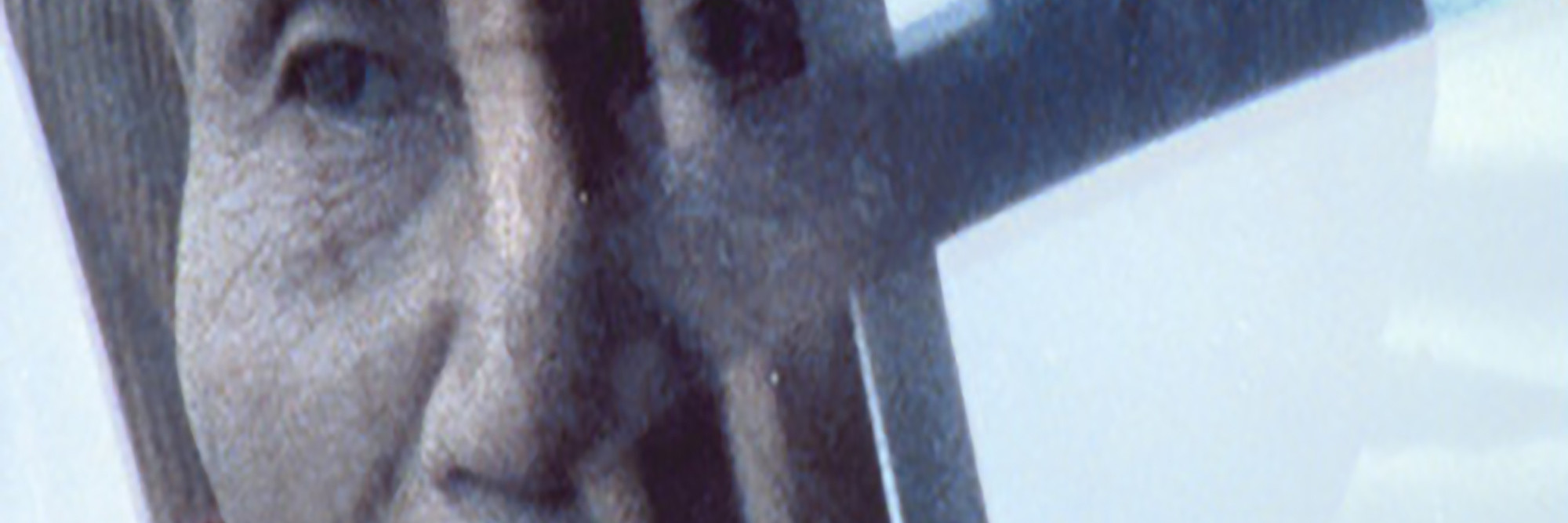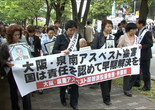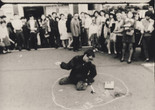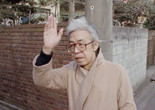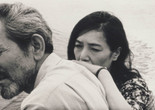Errol Morris has called Kazuo Hara “one of the undiscovered geniuses of documentary,” and Michael Moore has called him “a soul brother in Japan.” As evidenced by this career-spanning retrospective—which opens with an onstage conversation with Hara and his wife and producer Sachiko Kobayashi, moderated by Michael Moore—the filmmaker’s impact both on nonfiction cinema and on postwar Japanese society is far more profound than his relatively sparse body of work would suggest. In addition to his six award-winning feature films, made over 47 years, Hara will also present excerpts from his latest project, a film Minamata (tentatively entitled), which he intends to finish this winter. If Hara’s films, taken as a whole, are about the social forces that constrain individual freedoms, they are also about the often disturbing constraints the filmmaker himself imposes on his subjects in his role as an interventionist documentarian. The title of this retrospective, Camera Obtrusa, is borrowed from Hara’s own book on the subject (Kaya Press, 1987).
Hara’s most infamous work, The Emperor’s Naked Army Marches On, about an aging Japanese veteran’s monomaniacal efforts to expose the war crimes of his commanders, cast a merciless light on long-denied and long-suppressed feelings of rage, guilt, and complicity, the kind of historical amnesia that continues to afflict Japan even today.
Hara’s own severely impoverished and fatherless childhood was formative in his compassionate pursuit of justice for society’s weakest and most vulnerable, and in his feverish and fearless assault on those who would abuse and exploit them. People with cerebral palsy struggle to be acknowledged (Goodbye CP, 1972); a fiercely independent activist becomes a single mother and drifts from lover to lover (Extreme Private Eros: Love Song, 1974); a preeminent postwar novelist, Mitsuhari Inuoe, remains an eloquent agitator even in the face of cancer (A Dedicated Life, 1994); a dwindling community of former asbestos workers, dying of cancer and other painful diseases, sue a criminally indifferent Japanese government for monetary compensation (Sennan Asbestos Disaster, 2017). “As I also identify myself as an ordinary person,” Hara has said, these films are “a rallying cry to none other than myself.”
Organized by Joshua Siegel, Curator, Department of Film, The Museum of Modern Art. With thanks to Hisami Kuroiwa and Hiroshi Sunairi.
Support for the exhibition is provided by the Annual Film Fund. Leadership support for the Annual Film Fund is provided by the Kate W. Cassidy Foundation and Steven Tisch, with major contributions from Jo Carole and Ronald S. Lauder, Association of Independent Commercial Producers (AICP), Yuval Brisker Charitable Foundation, The Brown Foundation, Inc., of Houston, Marlene Hess and James D. Zirin, Karen and Gary Winnick, and The Junior Associates of The Museum of Modern Art.
